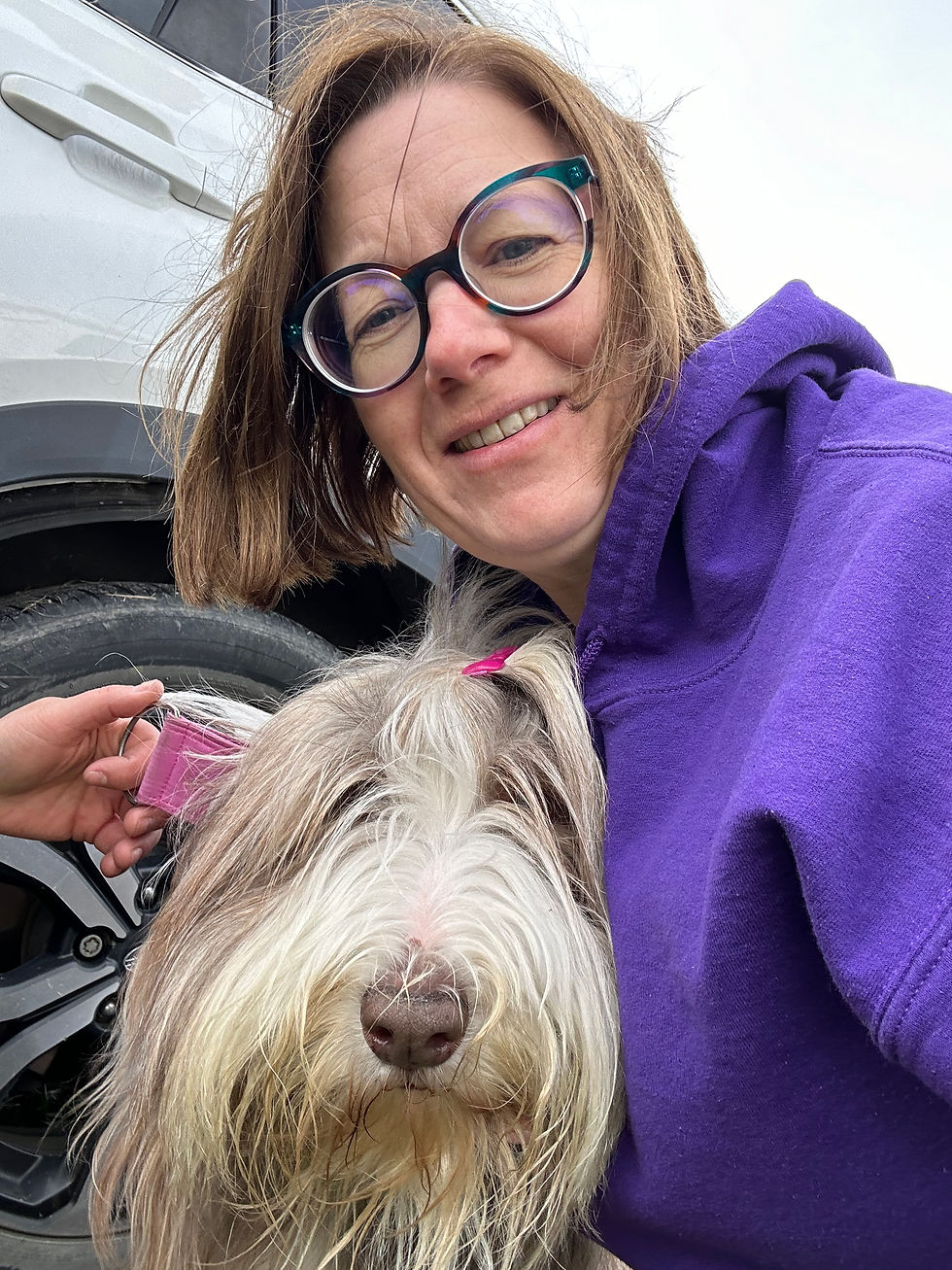Top 5 Signs of Pain in Your Dog
- drnataliepetchiro
- Aug 4
- 2 min read

When I made the change to adding animals into my chiropractic practice the standard comment I heard was, "now your patients can't talk back." No, animals can't speak, they don't have words yet it doesn't mean they don't communicate. I find that animals are working very hard to tell us that they are having pain, we just aren't paying attention. Often, its only after the conditions have become truly terrible that we humans recognize that an animal is not doing well Understanding the subtle signs of pain is crucial for providing timely care and ensuring your dog's well being.
1. Changes in Behavior:
Increased Aggression or Irritability: Pain can make even the most docile dogs irritable or aggressive. If your once-friendly pup starts growling, snapping, or avoiding human contact, it could be a sign of pain.
Withdrawal: Dogs in pain may withdraw from social interactions. If your sociable dog suddenly becomes aloof or seeks solitude, it's worth investigating the underlying cause.
2. Altered Eating Habits:
Loss of Appetite: Pain, especially in the mouth or digestive tract, can lead to a loss of appetite. If your dog shows disinterest in food or takes longer to finish meals, it may be indicative of pain.
Changes in Drinking Behavior: Pain can also affect a dog's ability to drink comfortably. Watch for alterations in drinking habits, such as reluctance to drink or drinking excessively.
3. Vocalization and Vocal Cues:
Excessive Whining or Whimpering: Dogs often vocalize to express pain. If your dog is whining, whimpering, or making unusual vocal sounds, it could be a cry for help.
Increased Vocalization During Movement: Dogs in pain may vocalize more when moving, whether it's standing up, lying down, or walking. Pay attention to any vocal cues that coincide with physical activity.
4. Changes in Grooming Habits:
Excessive Licking or Chewing: Dogs may resort to excessive licking or chewing as a way to self-soothe when in pain. Focus on areas they target, as it can indicate the source of discomfort. If there is an area where they are grooming excessively, hairless or discoloured patches may be obvious.
Avoidance of Grooming: On the flip side, a dog in pain may avoid grooming altogether. If your typically well-groomed dog becomes unkempt, it might be due to an inability to comfortably perform grooming behaviors.
5. Altered Mobility and Posture:
Limping or Favoring a Limb: Observe your dog's gait for signs of limping or favoring one limb over another. This could be indicative of joint pain, muscle strain, or an injury.
Reluctance to Move or Exercise: Pain can lead to a decreased desire to move or exercise. If your once-active dog suddenly becomes lethargic or avoids physical activities, it's essential to investigate potential pain sources.
Being attuned to your dog's behavior is crucial for identifying signs of pain early on. Changes in behavior, eating habits, vocalization, grooming, and mobility can all provide valuable insights into your dog's well-being. If you notice any of these signs, it's advisable to consult with your veterinarian promptly. Timely intervention can alleviate your dog's discomfort and contribute to a happier, healthier, and more pain-free life for your beloved pet.




Comments